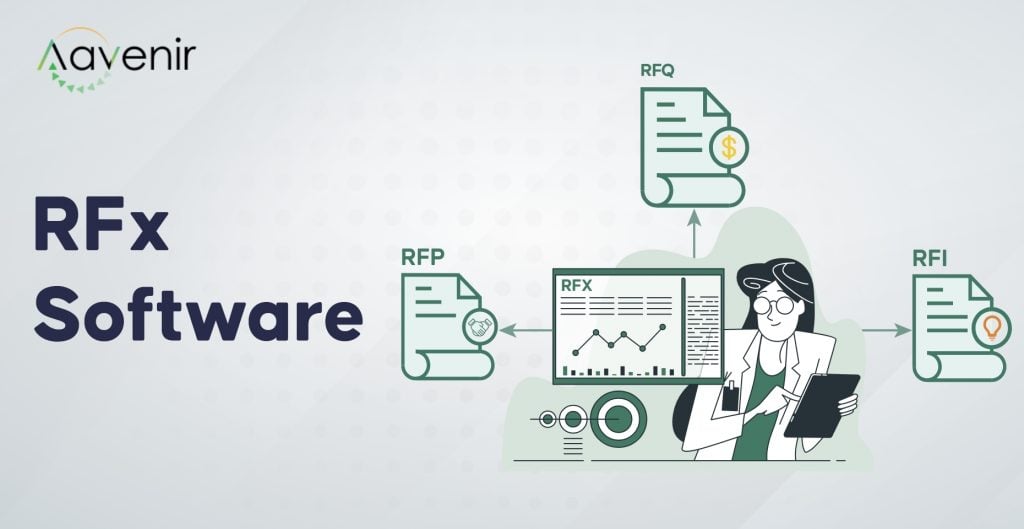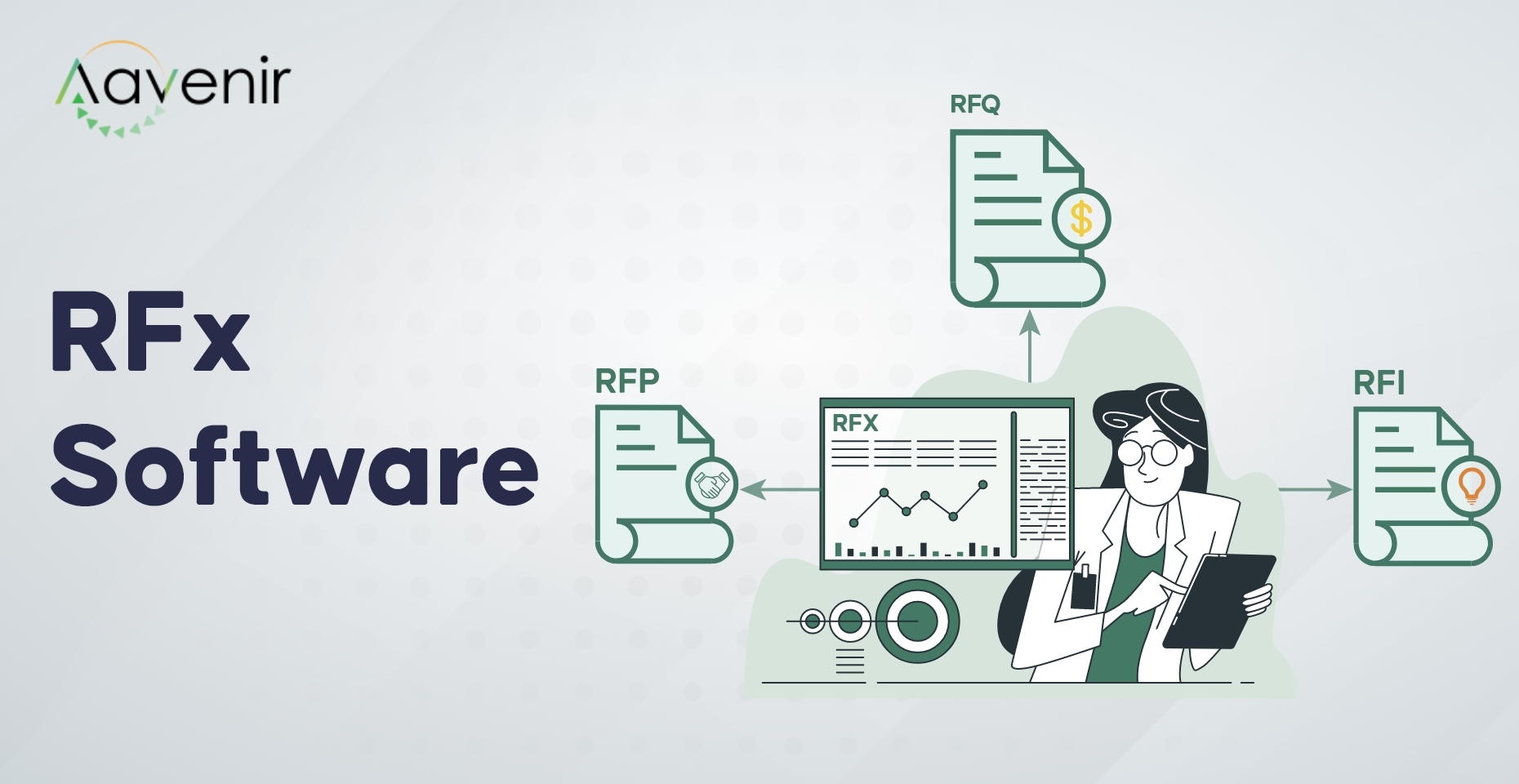What is RFx Software?- Definition
An RFx software is a piece of business software designed to help with all types of RFx. Such software solutions typically automate aspects of the RFx process and are powered by a centralized data repository. They also include RFx tools that give workflow capabilities, templates for standard quotations and bids, survey support, and side-by-side reporting.
RFx is a frequently used acronym in the procurement landscape that encompasses all references to Request For Information (RFI), Request For Proposal (RFP), and Request For Quote (RFQ).
All three have different functions.
1. Request For Information (RFI) refers to identifying potential suppliers and deducing if current suppliers are able to supply a new product or service.
2. Request For Proposal (RFP) are proposals issued to suppliers who have been labeled as potential suppliers for further understanding.
3. Request For Quote (RFQ) are issued to accumulate (initial) bids once a section of qualified suppliers has been determined.

Benefits of Using An RFx Software
Reduced Prices: You save money by digitizing your whole e-procurement process and going paperless when you use RFx software in your organization. Form filling errors that arise while using a manual procedure are eliminated. This implies you’ll be able to avoid costly blunders that may necessitate dispute investigation, resolution, and reworking.
Faster Business Cycles: Transactions can be done faster using e-Procurement software that handles RFx procedures. Because other relevant departments no longer have to wait for manual data entry and manual approvals, this improved efficiency can have a domino effect throughout your entire business and improve go-to-market timing.
Uphold Company Standards: Clients will appreciate the standardization provided by RFQ, RFP, and RFI solutions. E-procurement software standardizes workflow, documents, forms, purchase orders, RFx, and proposals. This eliminates the possibility of unnecessary spending, dissatisfied customers, and an inefficient business process. The use of RFx software to standardize your firm also gives you the option of integration, allowing data to be exchanged throughout many corporate departments while establishing a central data hub for in-depth analysis.
Conclusion
The corporate technology landscape is rapidly changing nowadays. Businesses may now use technology to automate substantial amounts of tedious processes, streamline operations, and boost staff productivity. Companies that do not adapt to technology risk losing market share to competitors who have successfully embraced change and deployed innovative business solutions.
Explore Additional Resources To Know More




